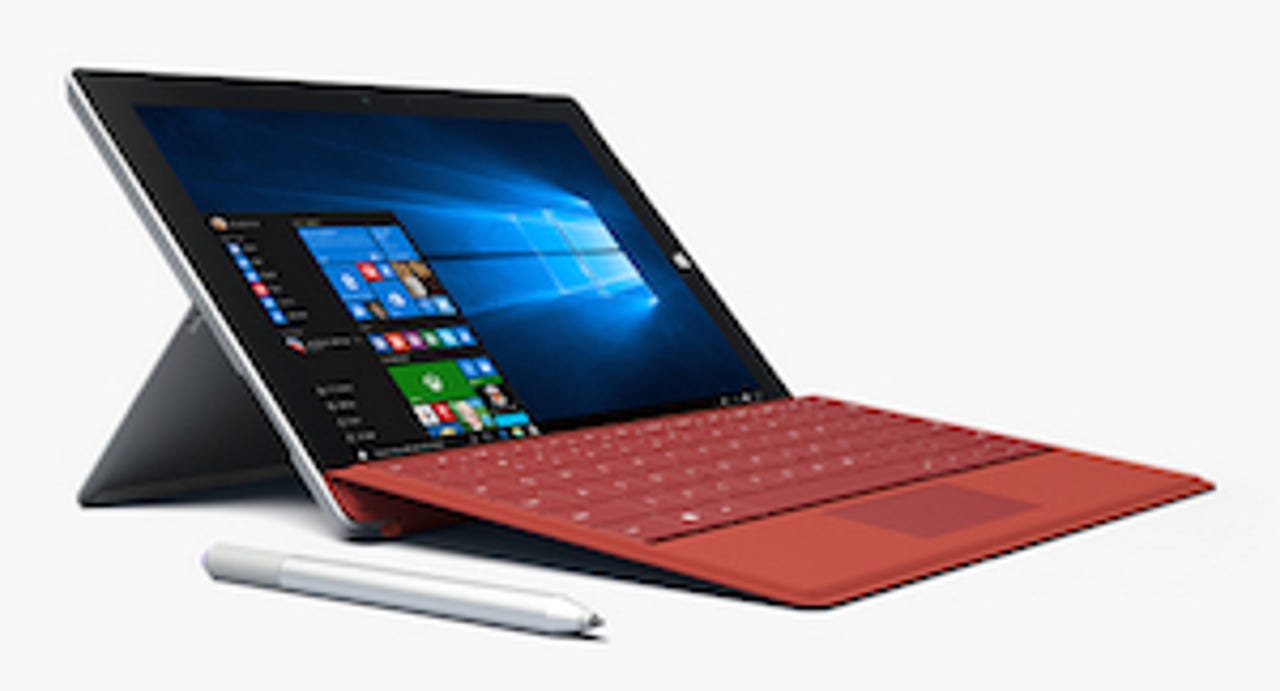Windows 10 on Surface 3: Three reasons to disable tablet mode


Tablet mode is intended to make working with a tablet easier by touch. It assumes there is no keyboard attached, and it's supposed to make controls easier to operate while taking better advantage of the display than desktop mode.
That's in theory, anyway. The reality is different on the Surface 3.Contrast that with the image above of the Start Menu in tablet mode. All the useful information on the left of the menu in desktop mode is gone, and only the (now enlarged) live tiles remain. Sure you can tap to see all apps but desktop mode shows you don't need to. The usefulness of the Start Menu is greatly reduced in tablet mode.
The second area where tablet mode falls short is in app display. Run a Modern (formerly known as Metro) app and in tablet mode it runs in full-screen. You can't change that, either. In desktop mode these apps can run in a window, which most of the time is preferred on the Surface 3 screen.In tablet mode with the app displaying full-screen, these controls are not displayed (see above). You have to swipe down from the top to display the "hamburger" (three horizontal lines) panel to force the top menus to display before you can do what you want. On some apps that's not enough: Swiping down to get the hamburger menu gives you a second hamburger which you have to swipe down to get to the control menu. It's a mess.
The third area where tablet mode falls short of desktop mode on the Surface is a simple thing but one that I find annoying. In desktop mode there is a keyboard icon in the system tray that invokes the onscreen keyboard. Switch to tablet mode and this icon disappears.
For some reason, in the UI design for Windows 10, Microsoft's engineers decided that in tablet mode - when there is no physical keyboard attached - that there's no need for an easy way to invoke the onscreen keyboard.
In desktop mode, when there's likely a physical keyboard attached, the easy way to get the onscreen QWERTY is right there. That's the exact opposite of the way it should work. The one positive about this is it makes it easy to turn tablet mode off and go desktop all the time.
After spending a lot of time thinking that I must be missing something, I realize I'm not. I have turned off tablet mode in settings and have been happily using only the desktop mode. App controls in window mode are big enough on the Surface to tap accurately so there is no down side.
It's clear that Microsoft has given priority to desktop operation and I'm OK with that. Desktop mode handles what I need just fine, and I don't miss a single thing from tablet mode.
This may not be the case with smaller (say 8-inch) tablets but desktop mode displays things well on the 10.8-inch Surface 3. Tablets are so personal in nature that some may not feel the same as I do and may like tablet mode. ZDNet's Matt Miller likes the tablet mode. For me, I was regularly frustrated when the Surface 3 was switching between tablet and desktop modes. Since changing to desktop mode all the time the user experience has been enjoyable all around.
As a result, I'm loving the Surface 3 and Windows 10.
Read more on Windows 10